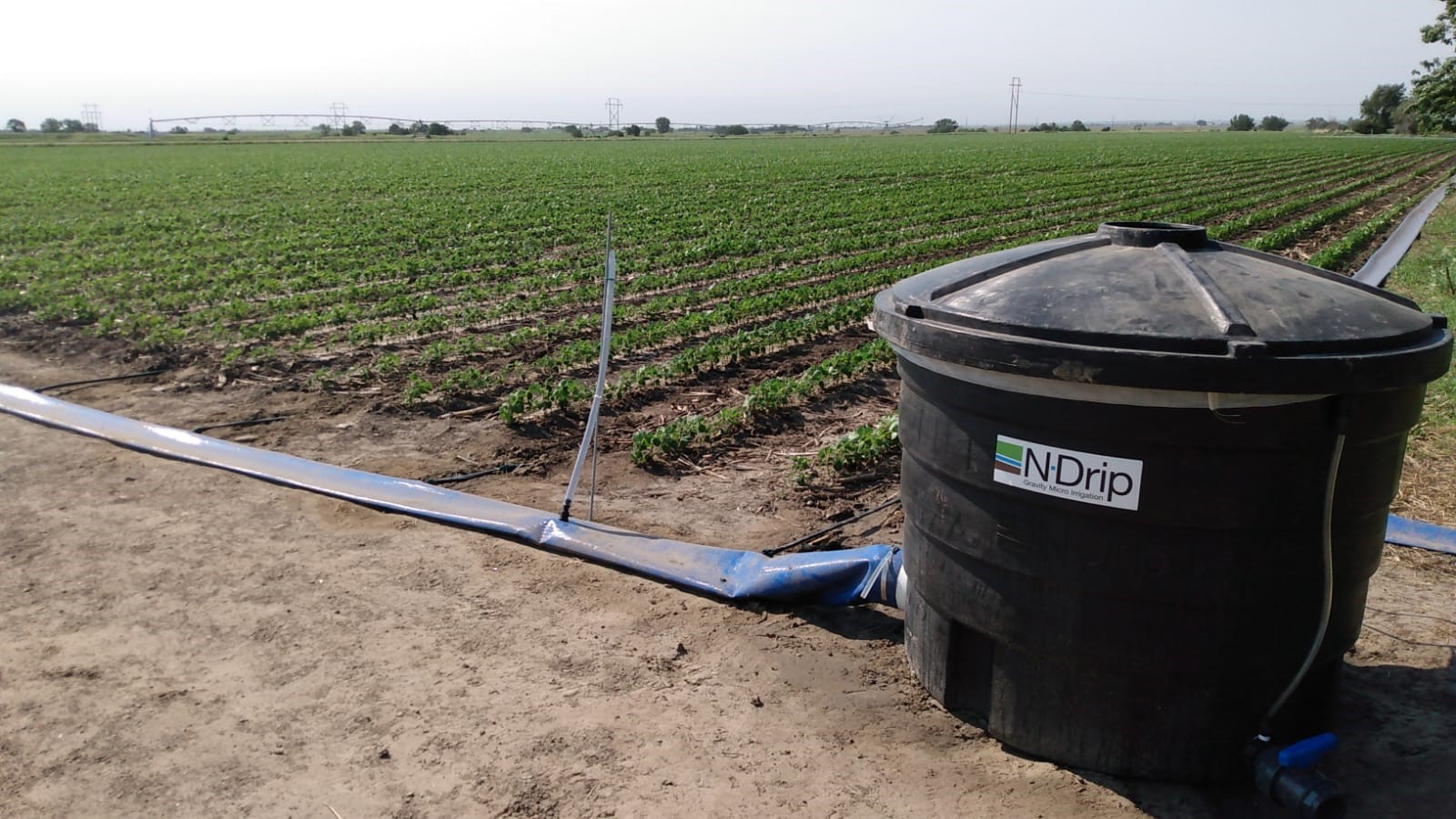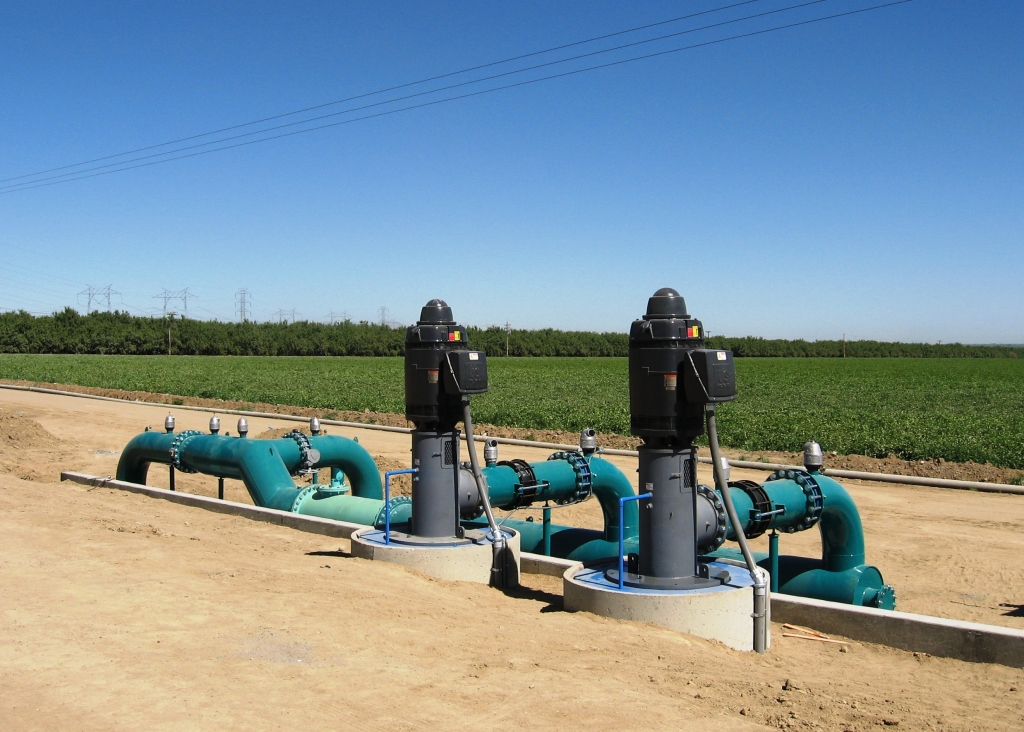Arizona Gov. Doug Ducey delivered his final State of the State to a joint session of the Arizona Legislature. While recapping successes of the administration over the past seven years, Ducey set an ambitious legislative agenda for the 2022 session.
Most ambitious is a historic $1 billion investment in water resources over the next three years. Focused on ensuring Arizona’s water resources are stable for the next 100 years, the investment looks to invest in a desalination facility on the shores of the Sea of Cortez in Mexico, modeled after the success Israel has found with new desalination technologies.
The governor also focused on education, proposing expanded school choice and summer programs to benefit children who have fallen behind during the pandemic. He also laid out a five-point plan to secure the border with Mexico, increased resources for child safety, and expediating infrastructure projects throughout the state.
You can watch the full speech here.
Growing Dependence on Groundwater
Growers have increasingly depended on groundwater during multi-year droughts and heat stress. Part of the five-year project includes looking into aquifer systems in California’s Central Valley, Central Arizona and the lower Rio Grande basin in New Mexico. These regions have all experienced unprecedented overdraft, which happens when more water is pumped from a groundwater basin than is replaced from sources, including rainfall.
“For a long time, a lot of farmers would use groundwater as an insurance policy whenever there was a drought,” Kisekka said. “The negative consequences of that became obvious: groundwater levels declined, we had subsidence which causes land to sink, we had deterioration in water quality and so on. What are growers going to do when we have another drought like we are now? We have to think more broadly.”
Kisekka says they will also come up with management practices to improve soil health, develop alternative water supplies and reduce water demand so the region can continue to produce various agriculture commodities, such as vegetables, grapes and almonds.
“We grow crops in California that we cannot shift to another part of the country because they won’t grow well there,” Kisekka said. “We can’t grow almonds in the Southeast, where they have a lot of water, because they require a certain climate. We want to ensure food and nutritional security of the United States by sustaining irrigated agriculture in the Southwest.”
Project researchers will also establish innovative education and extension programs to teach students of all backgrounds and ages, as well as the public, about the importance of water in agriculture.

“Part of this is to develop educational curriculums from elementary to high school to college, where instructors can pull our modules on water management or sustainable agricultural systems and teach that in their classes,” Kisekka said.
While the depletion of groundwater supplies, among other factors, puts major pressure on agricultural operations in the southwestern region, Kisekka hopes the management practices and tools that will be developed during this project will help improve production and resource sustainability and help make California and the country more resilient to climate change. UC Davis will establish the Agricultural Water Center of Excellence as part of the grant. This unique Center of Excellence will also have capacity to support agricultural water research, education and extension activities at collaborating institutions with potential impact at local, state, national and international levels.
“We hope at the end of the day we can still grow food in California, Arizona and the Southwest in general without drying out our groundwater aquifers,” he said. “We have to learn to adapt to climate change. We may not be able to stop it in the short term, but we should be able to adapt.”

Also participating in the project are researchers from University of California, Berkeley, UC Agriculture and Natural Resources, Stanford University, CSU Fresno, University of Arizona, New Mexico State University, USDA Agricultural Research Service (Sustainable Agricultural Water Systems Research: Davis, CA, and Water Management and Conservation Research: Maricopa, AZ), and USDA Climate Hub.


